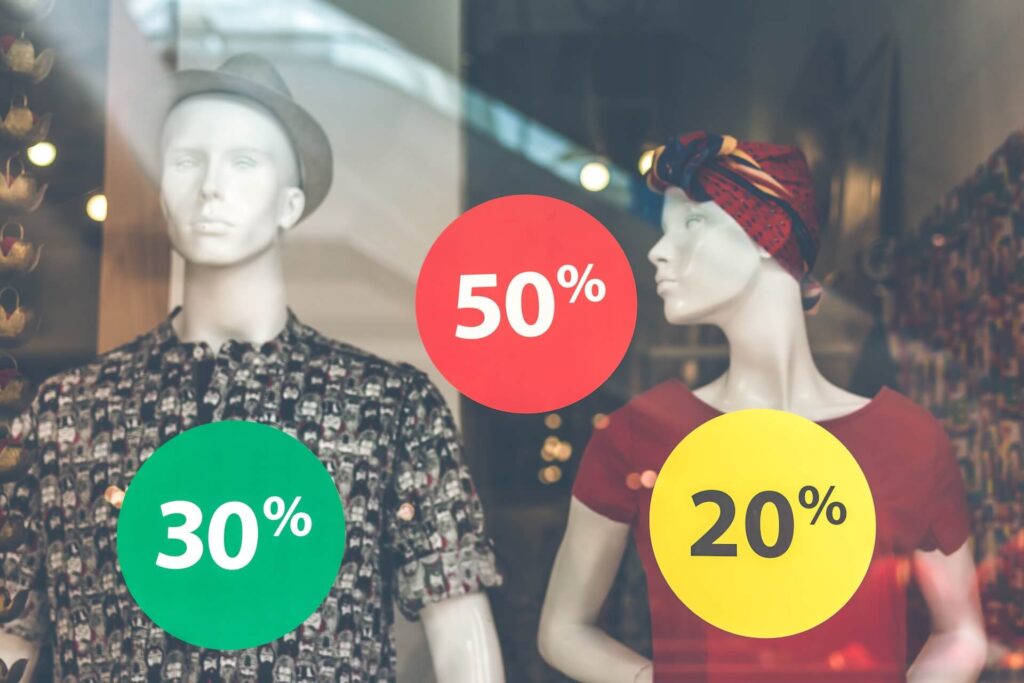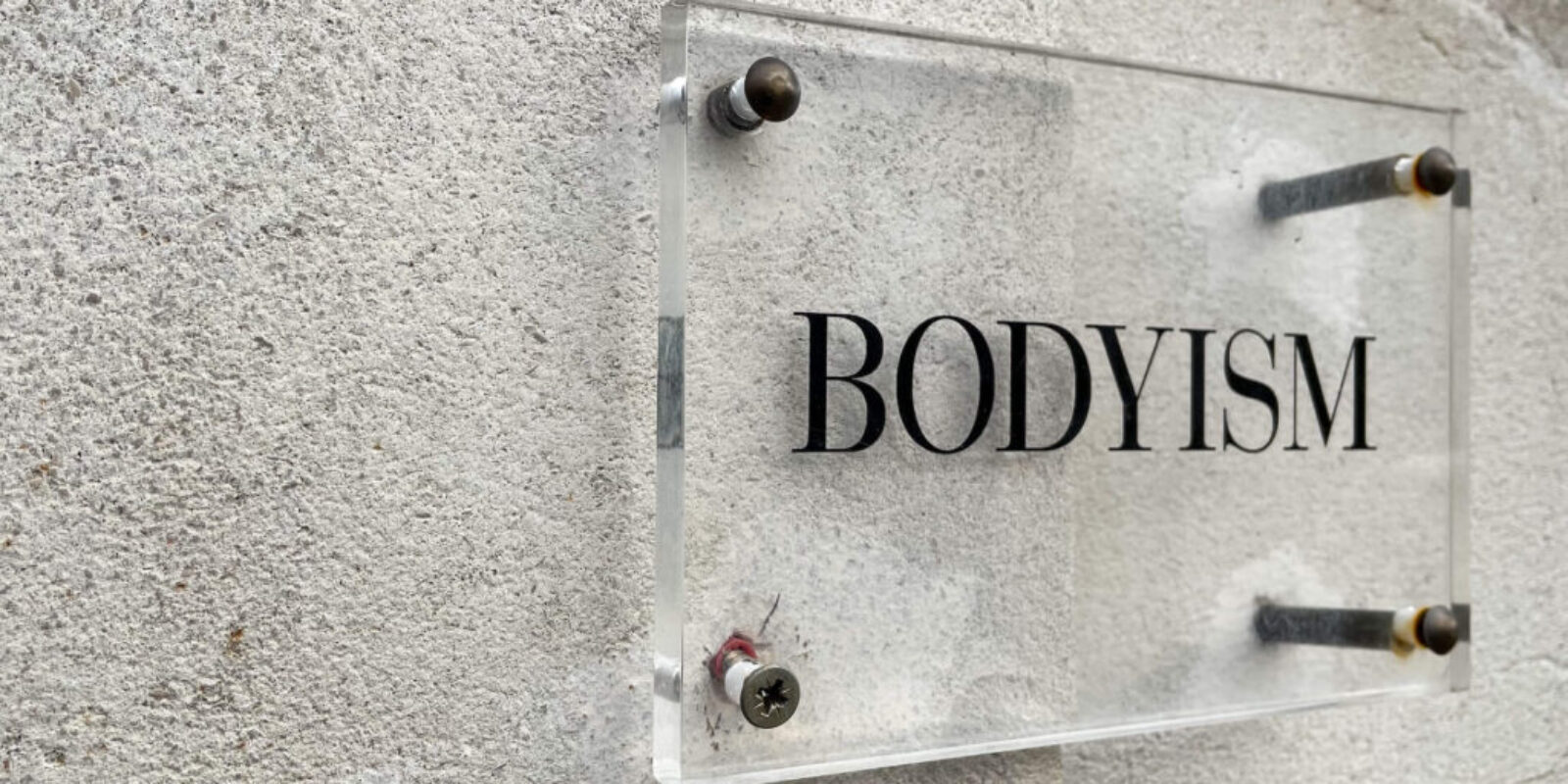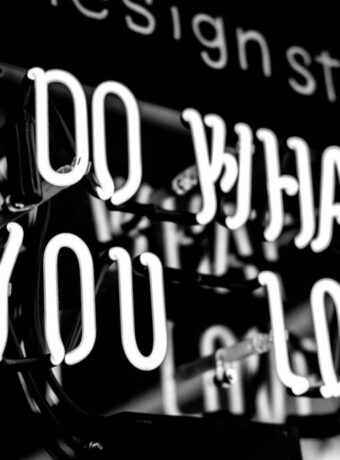Signage is a critical element of any business or organization’s visual identity. It refers to any type of visual display that conveys information to the public, whether it’s directional, informative, or promotional. Signage can take many forms, from simple storefront signs to large-scale billboards and digital displays.
In this guide, we’ll explore the different types of signage, their uses, and how they can benefit businesses and organizations. Whether you’re a small business owner or a marketing professional, understanding the importance of signage and how to use it effectively can help you attract new customers, enhance brand recognition, and drive sales.
What is signage?
Signage is a type of visual communication that uses design elements like color, shapes, and images to convey information. It can be used for directional purposes (e.g., exits, restrooms) to advertising and marketing (e.g., sales, promotions). Signs are often physical or digital and can be static or interactive.
Ever walk into a supermarket and feel overwhelmed by all the products? There’s so much to choose from, and sometimes it’s hard to know where to start. That’s where signage comes in. Signage is a form of visual marketing that helps direct customers to the products they’re looking for. Good signage is clear, concise, and practical.
Signage is integral to your success, whether a small business owner or a multi-national corporation. In its basic form, signage is any type of visual graphics created to display information to a particular audience. This can include street signs and window display banners, and billboards.
While the concept of signage is simple enough, the process of creating effective signage is not. It takes careful planning and execution to create signage that will capture the attention of your target audience and communicate the right message. When done well, signage can be a powerful marketing tool that helps you achieve your business goals.

Synonyms of signboard
As in sign, billboard. Synonyms & near-synonyms for signboard
The Benefits of Signage
Signage has many benefits, including:
Increased sales:
Good signage can help increase sales by directing customers to the products they’re looking for. Studies have shown that well-designed signs can increase sales by up to 20%.
Improved customer experience:
Customers with a positive experience with your store are more likely to return. Good signage can help improve the customer experience by making it easy for them to find what they’re looking for.
Enhanced branding:
Signs are an excellent way to enhance your branding and build awareness for your business. A well-designed sign will reflect your brand identity and values, helping you attract new customers and grow your business.
Cost-effective marketing:
Signage is one of the most cost-effective forms of marketing available. It’s a great way to reach new customers without breaking the bank.
The importance of good design
One of the most essential elements of effective signage is good design. Your signage should be designed with your target audience in mind. It should be clear, concise, and easy to read from a distance. If your signage is difficult to read or understand, it will likely be ignored altogether.
In addition to being readable, your signage should also be visually appealing. Remember, you are competing for the attention of potential customers bombarded with advertising messages daily. Your signage must be eye-catching and memorable to stand out from the crowd. Working with a professional designer can help you create custom signage that meets these requirements.
Choosing the right location
Another important consideration when creating effective signage is choosing the right location. Where you place your signage will directly impact how many people see it and how well it performs. Carefully consider the traffic patterns in your area and choose locations that will give your signage maximum exposure. Common locations for business signage include storefronts, office buildings, and highways. However, there are endless possibilities depending on your business type.
Using signage to achieve business goals
Once you have created well-designed custom signs and placed them in strategic locations, it’s time to start thinking about how to use them to achieve your business goals. Whether you want to increase brand awareness, drive traffic to your website, or promote a special event or sale, there are countless ways to use signage to get results.
Test different strategies and measure the results to see what works best for your business. With some trial and error, you’ll soon learn how to use signage effectively to reach your target audience and succeed.
What are the 5 different types of signage?
Have you ever walked into a store and been so overwhelmed by the number of sale signs that you just turned around and left? Or have you been driving past a store with a vast, garish sign that made you wonder what they were selling? In both of these cases, the signage was not effective. Why? Because it was either too cluttered or not eye-catching enough.
For your signage to be effective, it needs to be well-designed and appropriate for your brand and audience. To help you determine what kind of signage is right for you, we’ve compiled a list of the five types of signage and when to use them.
1. Billboards
Billboards are large signs that are typically placed on the roadside property. They are difficult to miss and are often used for advertising sales or promoting special events. One thing to keep in mind with billboards is that they are costly and need to be designed so that they can be skimmed by people driving by at high speeds.

2. Window signs
Window signs are a great way to let passersby know what you’re all about without being too overwhelming. If you have a brick-and-mortar store, investing in some well-designed window signs is a must. Just make sure that they complement the overall aesthetic of your storefront and don’t block any views into your store.

3. A-Frames
A-frames are portable signs that can be placed inside or outside your store. They are usually double-sided so that they can be seen by people walking or driving in both directions. A-frames are a great option if you want something that is both eye-catching and easy to move around as needed.

4. Banners
Banners are large pieces of fabric or plastic hung from ceilings, walls, or poles. They can be either temporary or permanent, depending on your needs. Banners are typically used for advertising sales or special events but can also be used as decorative elements inside your store.

5. Yard signs
Yard signs are minor signs typically placed in front yards or on busy sidewalks. They are inexpensive to get your name out there and let people know what you’re all about. Ensure you have permission from the property owner before putting up any yard signs!

Now that you know the different types of signage, it’s time to start brainstorming which ones will work best for your business! Keep in mind your brand identity, your budget, and your audience when making your decisions. And don’t forget – sometimes less is more! A few well-placed, well-designed signs will do wonders for your business – there’s no need to go overboard.
Why do you need signage, and when to use them?
As a business owner, you know that first impressions are essential. Your signage is one of the first things potential customers will see when they visit your store or office, so you want to ensure it’s eye-catching and conveys the right message. But what kind of signage do you need? Here’s a quick rundown of the five types of signage and when you should use them.
1. Directional signage
Directional signs are often just what they sound like—signs that guide people in the right direction. They’re often used in large office buildings or college campuses, but they can be just as valuable for small businesses. If your store is hard to find or you frequently have customers asking for directions, directional signage is a must.

2. Informational signs
Informational signs provide people with facts and details about your business, such as your opening hours of operation or your return policy. These signs should be highly visible so potential customers can easily find the information they’re looking for.
3. Promotional signs
Promotional signs are designed to promote special offers or discounts and can be used inside and outside your store. If you’re running a sale or promotion, take advantage of this type of signage to let people know about it.

4. Identification signs
Identification signs include things like your company name and logo. They identify your business to potential customers and help build brand awareness. If you don’t have an identification sign outside your store, now is the time to get one!

5. Safety signs
Safety signs are required by law in many businesses, such as restaurants, hotels, and retail stores. These signs notify customers of potential hazards and help prevent accidents. Be sure to check with your local government to determine what type of safety signage is required for your business.

As a business owner, you know that first impressions are essential—and your signage is one of the first things potential customers will see when they visit your store or office. But what kind of signage do you need?
Here’s a quick rundown of the five different types of signage and when you should use them:
1) Directional signs are just what they sound like—signs that guide people in the right direction;
2) Informational signs provide people with facts and details about your business;
3) Promotional signs are designed to promote special offers or discounts;
4) Identification signs include things like your company name and logo;
5) Safety signs are required by law in many businesses, such as restaurants, hotels, and retail stores.
Be sure to check with your local government to find out what type of safety signage is required for your business!
Conclusion:
Signage is an essential element of any successful business. By considering elements such as design and placement, you can use signage as a powerful marketing tool to reach new customers, promote special events, or achieve any other business goal.
With some planning and experimentation, you’ll soon learn how to utilize signs to maximize their impact. We hope this article has helped you understand the importance of business signage and how it can make or break your company.
Read more about branding, graphic design, and marketing:
The Basic Principles Of Marketing Design
Visual Brand Strategy – What Is It?
Brand Design 4: How To Style A High-End, Luxury Brand





